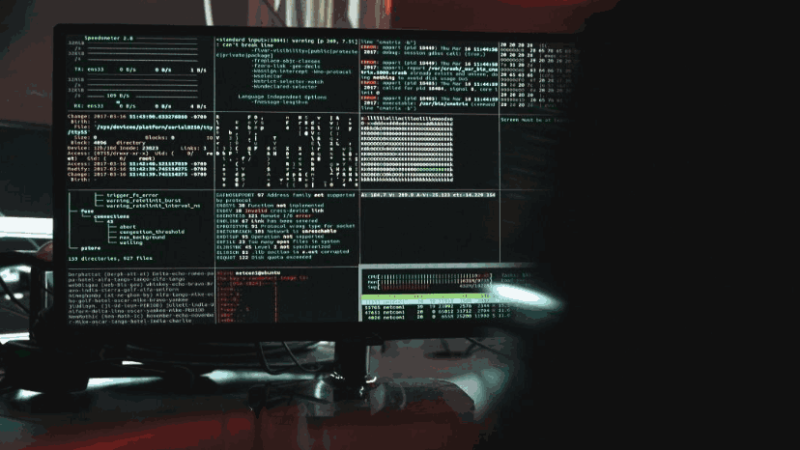The Amazing Development of Machine Translation: From Science Fiction to Reality

During the early days of science fiction, machine translation services advanced significantly. The technology has advanced greatly between the Star Trek Universal Translator’s heyday to the present day’s Google Translate, making it simpler for people all over the world to converse with one another.
In this blog article, we’ll examine how machine translation has progressed from science fiction to reality. We will look at the development of statistical machine translation, the emergence of early machine translation, and the position of neural machine translation today. We will also look at how machine translation affects society and what moral ramifications this technology has.
A Brief History of Machine Translation
The earliest attempts at machine translation were made in the 1950s, and they were quite crude. These early studies employed rule-based algorithms, which had trouble accurately translating languages. Early machine translation systems had many difficulties, including a dearth of a complete collection of linguistic data, the difficulty of accurately capturing linguistic nuances, and a lack of computer capacity.
Rule-based machine translation systems appeared as technology advanced. The linguistic structure analyzed by these systems using sets of rules, which then utilized to produce translations. These systems’ capacity to faithfully translate languages, particularly those with complicated grammatical structures, remained constrained.
Statistical machine translation’s ascent
Statistical machine translation (SMT) systems were created as a result of the shortcomings of rule-based machine translation systems. Large collections of multilingual texts analyzed by these systems using statistical algorithms, and translations subsequently produced in response to the analysis. SMT systems can handle more complicated grammatical structures and are far more accurate than rule-based systems.
SMT systems have had great success translating closely related languages, such as the languages of Europe. They continue to need help translating languages with unusual grammatical patterns, like Chinese or Japanese.
The Future of Machine Translation: Neural Machine Translation
Neural machine translation (NMT) systems have developed as a result of the shortcomings of statistical machine translation systems. Artificial neural networks are used by NMT systems to analyze and produce translations. These systems can handle more complex grammatical structures and are substantially more accurate than SMT systems.
NMT systems have demonstrated great potential for translating languages like Mandarin or Japanese that have various grammatical patterns. They are more accurate overall because they can grasp linguistic nuance better than SMT systems.
The Social Effects of Machine Translation
The development of machine translation services has had a profound effect on culture. By removing linguistic barriers and promoting international communication, machine translation has made it simpler for people to speak with one another.
Language acquisition has also impacted by machine translation. People may now utilize machine translation services to translate text and receive immediate feedback on their translations, which has made learning a new language easier.
Yet, there are certain issues with machine translation services. Sometimes, they can be erroneous, especially when translating idiomatic expressions or words with many meanings. In some circumstances, this may result in misunderstandings or even offense.
The Impact of Machine Translation on Ethics
Services that use the Development of Machine Translation create additional ethical issues. Who, for instance, is the owner of the data produced by these services? How are these data used? What are the repercussions of translations that aren’t precise, and how accurate are these services?
Bias in machine translation is another issue that raises questions. Machine translation tools could unintentionally reinforce prejudices or assumptions that already exist in the data sets they trained on. For instance, a machine translation service that trained on a corpus of texts with gender bias may continue to translate in a biased manner.
Conclusion
During the early days of science fiction, machine translation services advanced significantly. The technology has advanced tremendously, from rule-based systems to statistical machine translation to neural machine translation, making it simpler for individuals to converse with one another across language barriers. Machine translation services are gaining importance due to the world’s growing globalization and the necessity for intercultural communication.
As we’ve seen, machine translation has undergone a lengthy and fascinating evolution. Machine translation has altered the way we communicate with one another, changing it from the science fiction of the early 20th century to the reality of today’s technology. Rule-based machine translation has its drawbacks, statistical machine translation is becoming more popular, and neural machine translation holds promise.
But there are ethical issues to think about with any technology. Machine translation services must developed and improve while being conscious of their shortcomings and potential biases.

